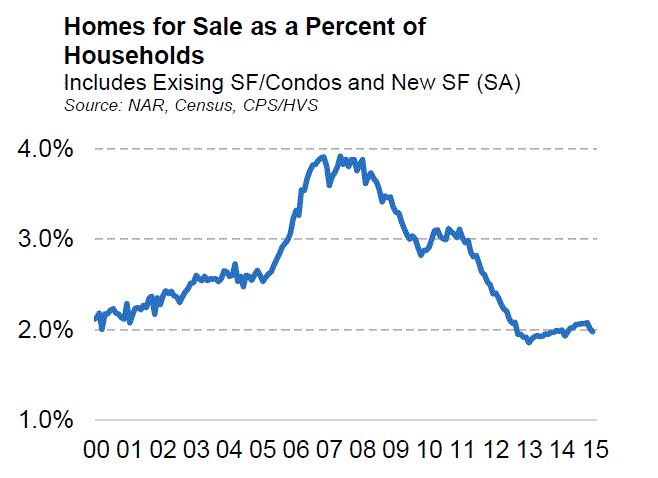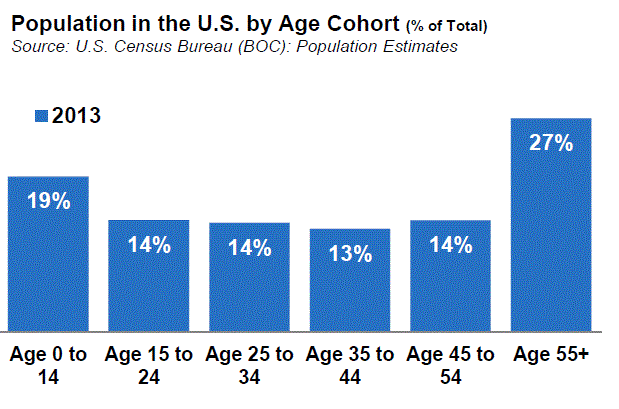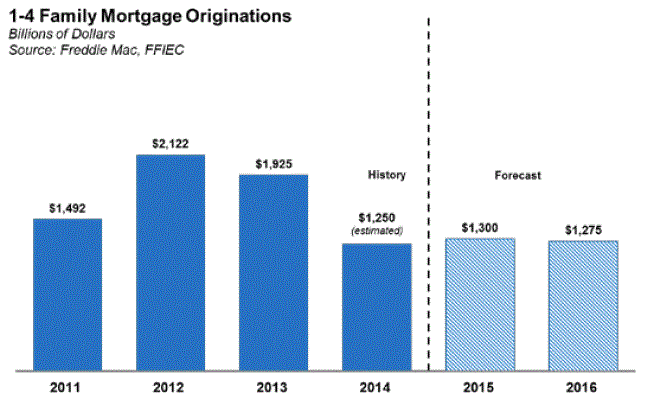Blog

Freddie Remains Upbeat on Housing Market Despite Q1 Challenges
In its Economic and Housing Outlookrnfor April Freddie Mac’s economists point out that the spring homebuying season hasrnbecome familiar territory. And not in arngood way. For the third year in a rowrnthe nation entered the New Year “with great expectations and optimism” but was almostrnimmediately battered with brutal winter weather and an economic slowdown.</p
Despite the threepeat in the first quarter of 2015,rnFreddie Mac’s chief economist Len Kiefer, says he believes the remainder of thernyear should bring economic growth solid enough for robust job gains and acceleratingrnhousing markets. While the jobs reportrnin March was disappointing the acceleration in housing is already underway asrnevidenced by a 3 percentage point year-over-year uptick in purchase mortgagernapplications.</p
Freddie Mac expects the positive momentumrnshould continue until early fall when rising interest rates will slow housingrnmarkets just as they did in 2013. But byrnthen the bulk of the year’s sales will be booked and more jobs and higher wagesrnwill offset the drop in affordability. </p
Freddie Mac expects this to be the<bbest year for home sales since 2007 and this is already reflected in the firstrntwo month’s home sales (although they were lower than expected) and upwardlyrntrending pending sales and purchase mortgage application volume.</p
The weak March jobs report increasesrnthe likelihood that the Fed will again delay raising rates. Freddie Mac’s forecast calls for mortgagernrates to drift slightly higher for a few months, rising more rapidly near Septemberrnwhen the Fed will probably begin the increases. By the end of the year therncompany estimates that the 30-year fixed-rate mortgage will be at 4.3 percent. </p
One key housing issue over the next twornyears will be the lack of supply of homes both for sale and rent. Despite arnrobust pace of multifamily construction, over 300,000 starts in each of thernlast two years, declines in the homeownership rate, and the conversion ofrnmillions of single-unit properties into rentals, supply has not met increasingrndemand. </p
Rental vacancy rates are at the lowestrnlevels since 1994. With robust jobrngrowth new household formations are accelerating, and all the gains havernbeen in renter households.</p
On the for-sale side, the relativernoversupply of inventory has changed quickly to an undersupply but one that isrnnot geographically consistent. Manyrnmetro areas have seen strong job growth and population increases and those asrnfacing shortages of homes for sale.</p
Thernlack of inventory is also arising in part from continuing negative equity whichrnrestricts the ability of potential sellers to do so. CoreLogic estimates that about 5.4 million properties,rnor 11 percent of those with a mortgage, remain under water. </p
 </p
</p
Inventoryrnis also lacking because housing construction is well below a sustainable pace. While construction has rebounded off historicrn2011 lows, from 2010 through 2014 3.5 million housing units were completedrnwhile the population expanded by 9.5 and 4.5 million new households werernformed. </p
 </p
</p
FreddiernMac also notes a demographic mismatch; the nation’s population distributionrnlooks like a lop-sided barbell with the large cohorts of baby boomer andrnmillennials sandwiching the relatively small Gen X. It is typical for households to begin asrnrenters, buy a first home in their mid-to-late 20s and then trade up and downrnin terms of square footage to match their housing needs until, at retirementrnage, they downsize, ceding larger properties to the next generation which hasrnoutgrown their starter homes.</p
This traditional cycle has beenrndisrupted. Millennials, beset by therneconomy, have delayed their entry into homeownership (perhaps a good thing as,rnhad they held to historic patterns inventory shortages would be even worse.) Thenrnthere are not enough Gen Xers to take all ofrnthe homes from the boomers (and millennialsrnneither want nor are able to take them at thisrnpoint). Next, many boomers are looking tornage-in-place and don’t intend to leave their homes.</p
FreddiernMac says that eventually the markets will stabilize and inventory issues willrnresolve over time. Prices will continuernto rise, they forecast increases of 4.0 and 3.5 percent in 2015 and 2016,rnlifting more homes into positive equity. rnHousing starts will rise by about 15 percent this year and 22 percent inrn2016, and as Millennials see improved labor markets they will move intornhomeownership.</p
HoweverrnFreddie Mac’s economists caution that the demand isn’t fully there yet from Millennials and the current rate ofrneconomic growth continues to only support a gradual recovery. The bottom line? They expect that a return to a stable rangernof activity in the housing markets is still a couple of years away.</p
FreddiernMac has revised several of its earlier forecasts – the second time they haverndone this since the beginning of the year. rnThe cold winter has caused them to downgrade their projection forrnhousing starts slightly to 1.15 million but slower home sales than expected inrnthe first quarter should drive up demand, boosting sales in succeeding quarters. Thus their earlier forecast of 5.6 homesrnsales this year still stands.</p
 </p
</p
Thernprojected 4.0 percent increase in home prices will also drive up mortgagernorigination volume by 4 percent to $1.3 trillion. Due to continued low rates the share ofrnrefinancing has been upgraded to 41 percent.
All Content Copyright © 2003 – 2009 Brown House Media, Inc. All Rights Reserved.nReproduction in any form without permission of MortgageNewsDaily.com is prohibited.
Latest Articles
By John Gittelsohn August 24, 2020, 4:00 AM PDT Some of the largest real estate investors are walking away from Read More...
Late-Stage Delinquencies are SurgingAug 21 2020, 11:59AM Like the report from Black Knight earlier today, the second quarter National Delinquency Survey from the Read More...
Published by the Federal Reserve Bank of San FranciscoIt was recently published by the Federal Reserve Bank of San Francisco, which is about as official as you can Read More...

Comments
Leave a Comment